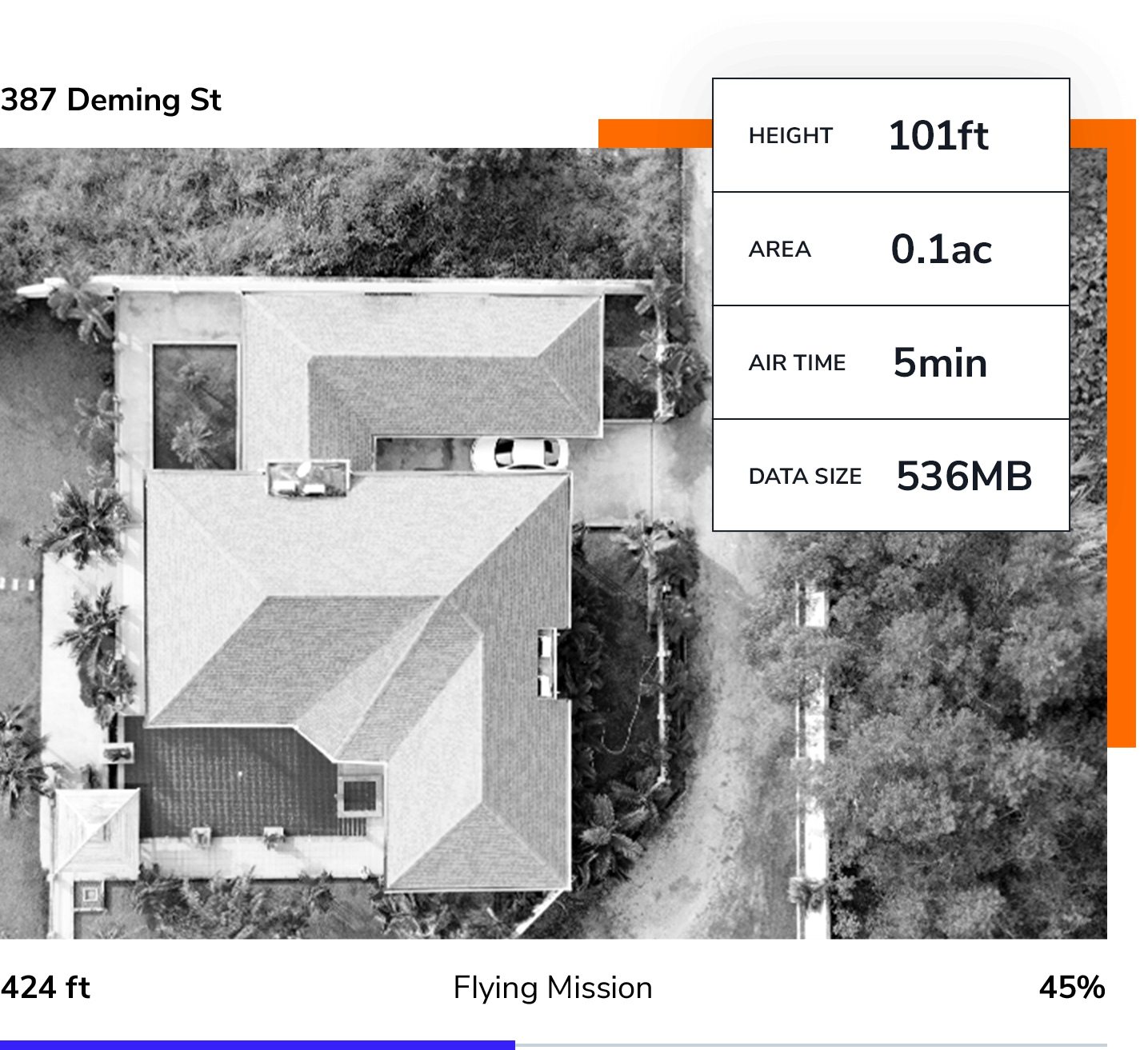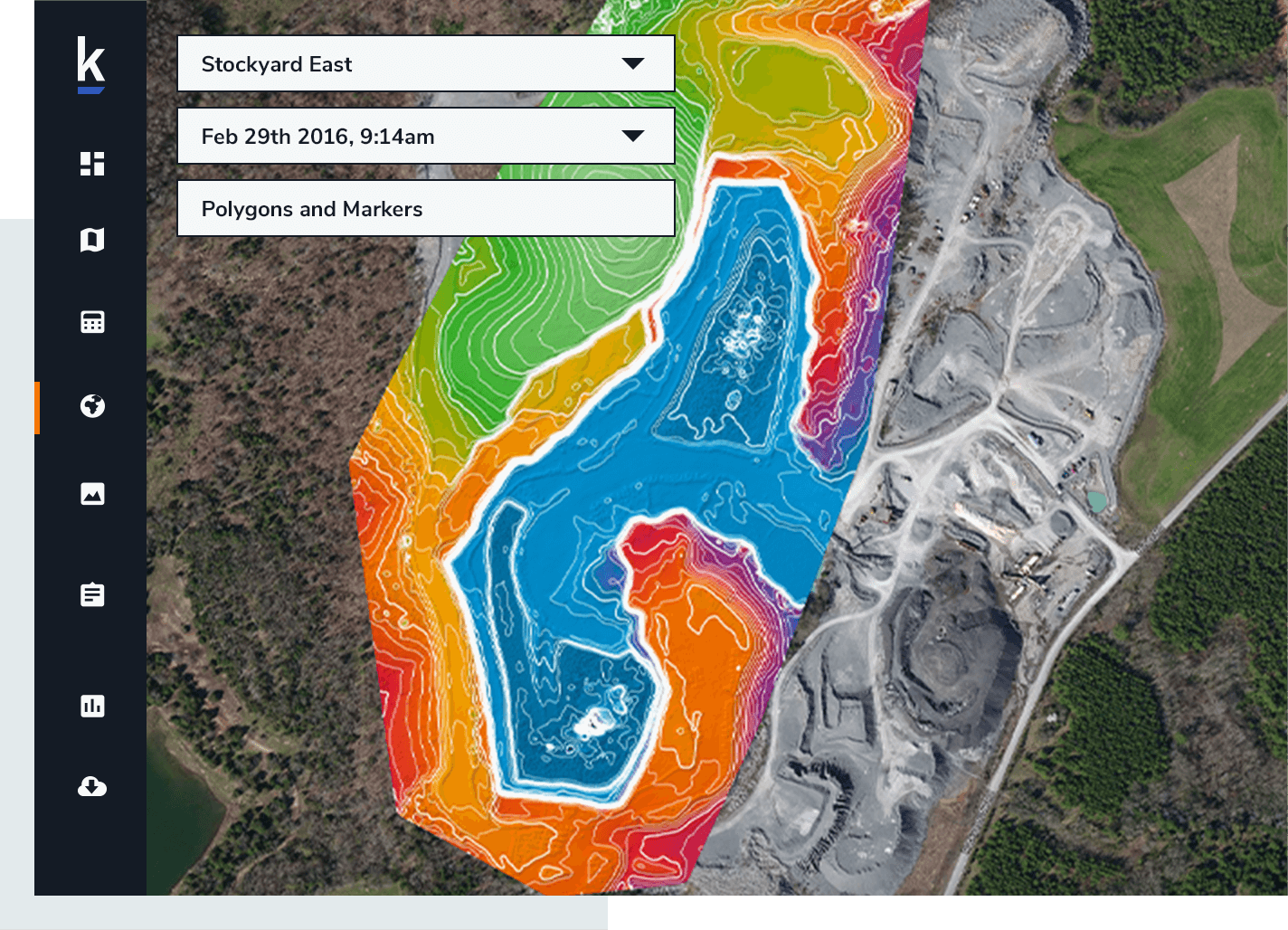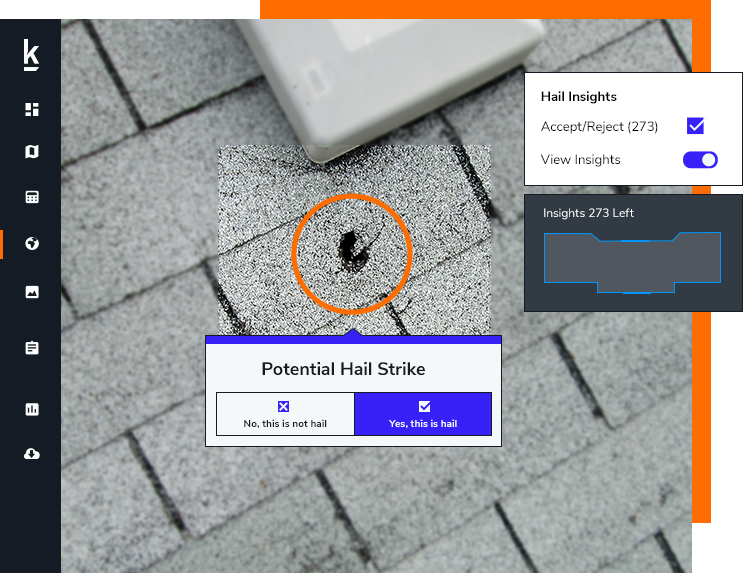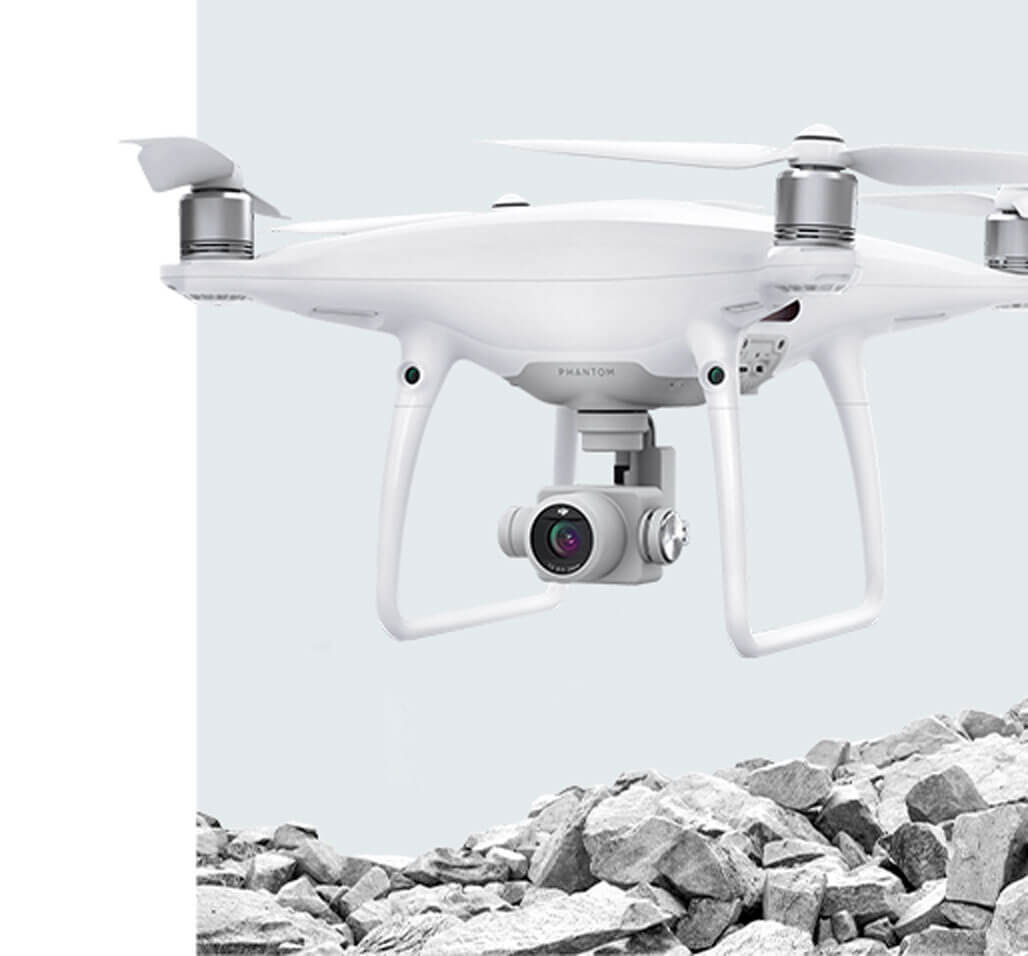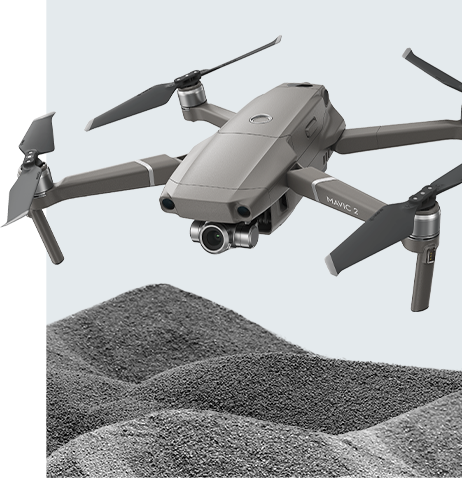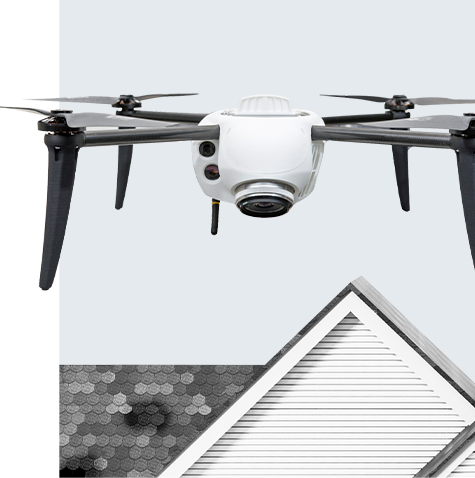How the Kespry Platform Works
Kespry makes it easy and fast to collect, process and understand your drone data. No joysticks, no SD cards, no complicated data conversion applications, just the ability to understand insights about your organization so you can collaborate with your teams to make better business decisions.

